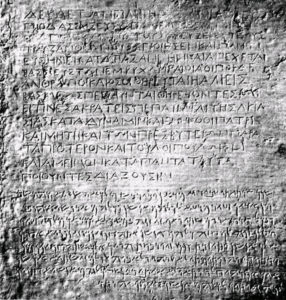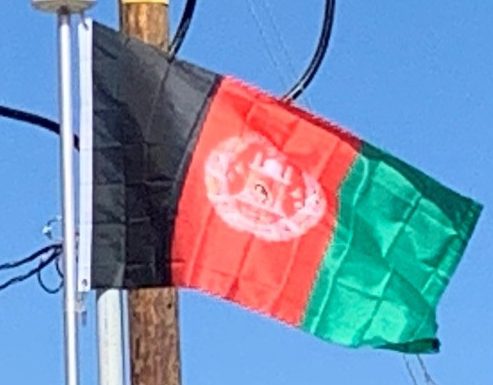The country sits at a unique nexus point where numerous civilizations have interacted and often fought. It has been home to various peoples through the ages, among them the ancient Iranian peoples who established the dominant role of Indo-Iranian languages in the region. At multiple points, the land has been incorporated within large regional empires, among them the Achaemenid Empire, the Macedonian Empire, the Indian Maurya Empire, and the Islamic Empire.
Many empires and kingdoms have also risen to power in Afghanistan, such as the Greco-Bactrians, Kushans, Hephthalites, Kabul Shahis, Saffarids, Samanids, Ghaznavids, Ghurids, Khaljis, Kartids, Timurids, Mughals, and finally the Hotak and Durrani dynasties that marked the political origins of the modern state.
Pre-Islamic Period:
Archaeological exploration done in the 20th century suggests that the geographical area of Afghanistan has been closely connected by culture and trade with its neighbors to the east, west, and north. Artifacts typical of the Paleolithic, Mesolithic, Neolithic, Bronze, and Iron ages have been found in Afghanistan. Urban civilization is believed to have begun as early as 3000 BCE, and the early city of Mundigak (near Kandahar in the south of the country) may have been a colony of the nearby Indus Valley Civilization. More recent findings established that the Indus Valley Civilization stretched up towards modern-day Afghanistan, making the ancient civilization today part of Pakistan, Afghanistan and India. In more detail, it extended from what today is northwest Pakistan to northwest India and northeast Afghanistan. An Indus Valley site has been found on the Oxus River at Shortugai in northern Afghanistan. There are several smaller IVC colonies to be found in Afghanistan as well.

After 2000 BCE, successive waves of semi-nomadic people from Central Asia began moving south into Afghanistan; among them were many Indo-European-speaking Indo-Iranians. These tribes later migrated further into South Asia, Western Asia, and toward Europe via the area north of the Caspian Sea. The region at the time was referred to as Ariana.
The religion Zoroastrianism is believed by some to have originated in what is now Afghanistan between 1800 and 800 BCE, as its founder Zoroaster is thought to have lived and died in Balkh. Ancient Eastern Iranian languages may have been spoken in the region around the time of the rise of Zoroastrianism. By the middle of the 6th century BCE, the Achaemenids overthrew the Medes and incorporated Arachosia, Aria, and Bactria within its eastern boundaries. An inscription on the tombstone of Darius I of Persia mentions the Kabul Valley in a list of the 29 countries that he had conquered.
Alexander the Great and his Macedonian forces arrived to Afghanistan in 330 BCE after defeating Darius III of Persia a year earlier in the Battle of Gaugamela. Following Alexander’s brief occupation, the successor state of the Seleucid Empire controlled the region until 305 BCE, when they gave much of it to the Maurya Empire as part of an alliance treaty. The Mauryans controlled the area south of the Hindu Kush until they were overthrown in about 185 BCE. Their decline began 60 years after Ashoka’s rule ended, leading to the Hellenistic reconquest by the Greco-Bactrians. Much of it soon broke away from them and became part of the Indo-Greek Kingdom. They were defeated and expelled by the Indo-Scythians in the late 2nd century BCE.
